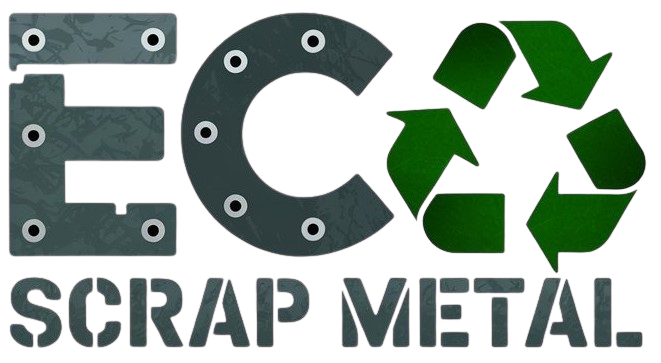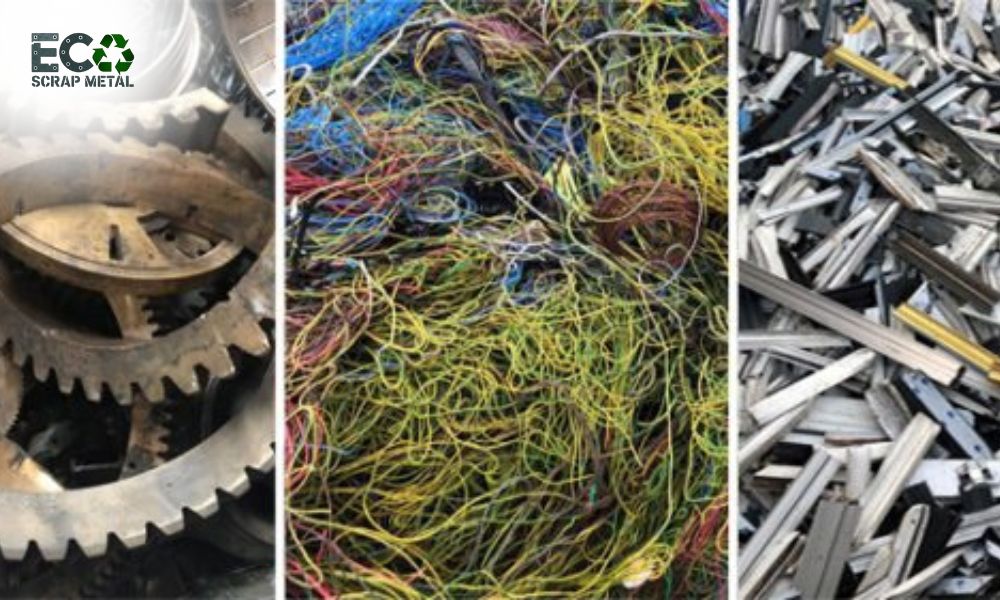Everything You Need to Know About Scrap Metal Grades
Scrap metal is an essential commodity in various industries, from construction and demolition to manufacturing and automotive. While weight plays a significant role in determining the value of scrap, it is not the only factor. Scrap metal grading is a crucial element that affects how much a seller receives for their material.
Understanding scrap metal grades helps individuals and businesses get fair value, streamline their sorting process, and avoid misclassification. This guide explains the basics of scrap metal grading, common metal types and their grades, and how grading influences pricing.
What Are Scrap Metal Grades?
Scrap metal grades are classifications used to determine the quality, purity, and condition of scrap materials. These grades are widely recognised across the scrap industry to standardise pricing and processing expectations.
The higher the grade of a particular metal, the more pure and clean it is. As a result, it requires less processing and commands a higher market value. Lower grades may include impurities, coatings, or mixed materials, which decrease their worth.
Scrap metal is typically inspected and graded before being priced. This allows buyers to assess how much effort and cost it will take to process or resell the material.
Main Categories of Scrap Metal
Before discussing specific grades, it’s important to understand the two main types of scrap metal: ferrous and non-ferrous. These categories form the foundation for more specific grading systems.
Ferrous Metals: Ferrous metals contain iron and are generally magnetic. They are widely used in structural applications, such as beams, pipes, and automobile parts. Because they are common and heavy, ferrous metals often have a lower price point compared to non-ferrous metals. Examples of ferrous metals include: Steel scrap, Cast iron, Wrought iron, Sheet iron etc. Despite being lower in value, ferrous metals are accepted at nearly all scrap yards due to their high volume and reuse potential.
Non-Ferrous Metals: Non-ferrous metals do not contain iron, which means they are usually non-magnetic and more resistant to corrosion. These metals are generally lighter in weight and carry a higher value due to their industrial demand and material properties. Common non-ferrous metals include: Copper scrap, Aluminium, Brass scrap, Zinc, Lead etc. Because of their value and versatility, non-ferrous metals are graded more precisely and are often sorted and sold separately.
Common Scrap Metal Grades Explained
Each type of scrap metal can be divided into several grades based on purity, composition, and physical condition. Below are the most commonly recognised scrap grades for major non-ferrous and ferrous metals.
Copper Grades: Copper is one of the most valuable and sought-after non-ferrous metals in the scrap industry. It is graded based on its purity and physical state.
- Bare Bright Copper: This is the highest grade of copper. It includes clean, shiny, and uncoated copper wire that is at least 16 gauge or thicker. It must be free from paint, insulation, and corrosion to qualify.
- #1 Copper: This includes clean, solid copper without any solder, insulation, or coating. Examples include copper pipes and bus bars that are free of attachments and corrosion.
- #2 Copper: This grade allows for slight contamination such as solder, paint, or light corrosion. It generally includes used copper pipes and wiring with minimal insulation or surface impurities.
Aluminium Grades: Aluminium is a versatile and lightweight metal that comes in several grades depending on its source and condition.
- Sheet Aluminium: This is common in old roofing materials, pots and pans, and aluminium siding. It usually has some paint or coating, which lowers its grade compared to cleaner types.
- Cast Aluminium: Found in items like automotive parts, BBQ grills, and machinery components. It is heavier and often mixed with other materials, which may need to be removed to raise its grade.
- Aluminium Siding: Includes painted aluminium pieces used in exterior construction. Clean siding that is free of nails or other attachments holds more value.
- Aluminium Cans: Often collected in bulk, these are lightweight and carry a lower price per pound. They must be free of liquid and mixed material to be accepted at most facilities.
Brass Grades: Brass is an alloy of copper and zinc, and is commonly used in plumbing, fittings, and decorative items. It comes in multiple recognisable grades.
- Yellow Brass: This is the most common form, found in plumbing fixtures, keys, and hose fittings. It has a bright yellow colour and can fetch a decent price when clean.
- Red Brass: Contains a higher copper content and is heavier and more valuable than yellow brass. It is often found in industrial valves, meters, and older fixtures.
- Mixed Brass: A catch-all category for brass items that may have unknown or mixed compositions. These usually fetch lower prices due to the lack of purity.
Steel and Iron Grades: Steel is abundant and widely used, but lower in value compared to non-ferrous metals. Still, proper grading can make a difference in the price offered.
- Light Iron / Sheet Iron: Includes thin and lightweight materials such as washing machines, filing cabinets, or car hoods. Often referred to as “tin” in the industry.
- Cast Iron: Very heavy and dense, cast iron is commonly used in bathtubs, engine blocks, and machinery. While less flexible, it holds value due to its mass.
- Stainless Steel: Graded based on nickel and chromium content. The 300 series (non-magnetic) is more valuable than the 400 series (magnetic), which contains less nickel.
How Scrap Metal Grades Affect Pricing
Scrap metal grading has a direct impact on how much money a seller receives. Even small differences in grade can lead to significant changes in value, especially when dealing with large volumes.
For example, clean #1 copper may be priced significantly higher per pound than #2 copper. Similarly, bare bright copper wire can sell for an even higher rate due to its purity and minimal processing requirements.
The same applies across other metal types. Clean cast aluminium or red brass will always command higher prices than their mixed or dirty counterparts. By understanding how materials are graded, sellers can make informed decisions and improve their overall returns.
Conclusion
Scrap metal grades is more than just a technical detail it is a key factor that directly impacts how much value can be recovered from discarded materials. Whether dealing with copper wire, aluminium parts, or steel structures, understanding the grading system allows sellers to sort more effectively and receive better compensation.
Knowing how scrap is classified, what affects its grade, and how to prepare it properly can make a significant difference, especially for businesses dealing with bulk materials. A basic knowledge of grading standards can turn an average payout into a strong return.
For anyone involved in scrap metal buyer, demolition, or site cleanup, taking the time to learn about scrap metal grades is a smart investment.

